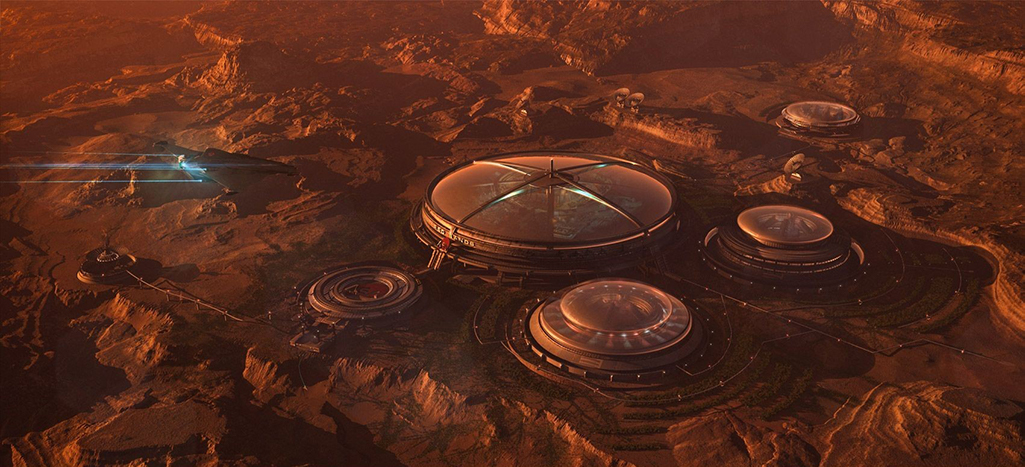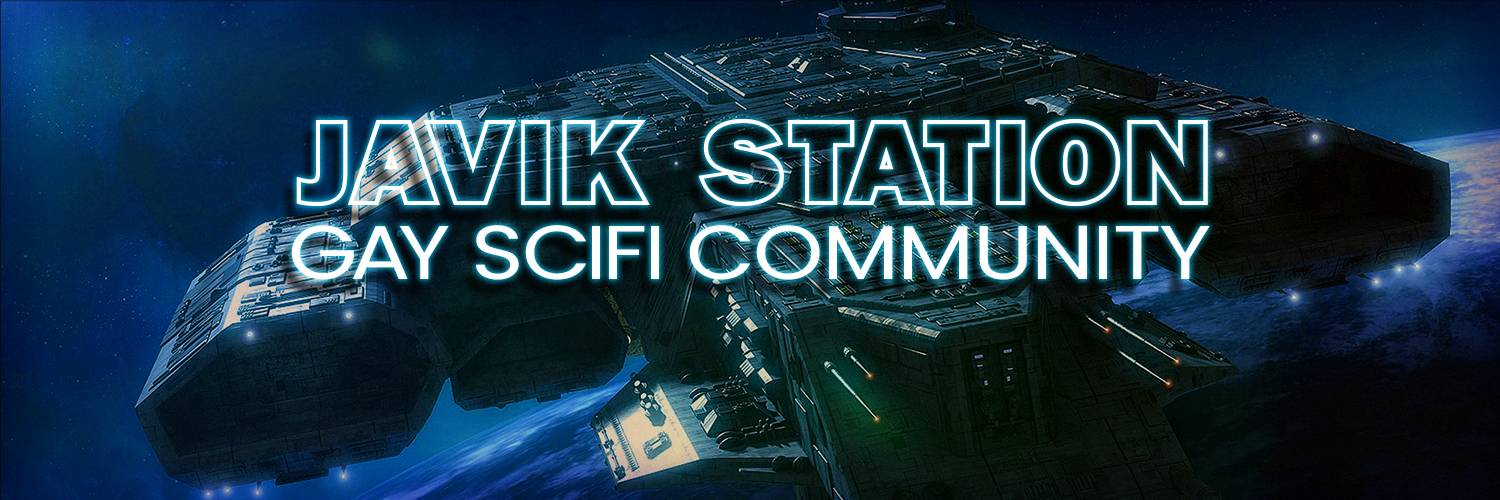
Following the discovery of Faster-than-Light (FTL) travel in 1982, the Soviet Union established its first extra-Earth, human settlement on Mars in 1984 for mining, secret military research, and as a staging ground for exploration to the outer planets and beyond the Sol system.
The initial facility was Mariner Extraction Camp 1 (Lager’ Izvlecheniya Marsa 1) or LIM1. The camp housed 102 mining engineers, technicians, and support staff in an underground complex.
LIM2 was constructed in 1986, supporting 170 miners, followed by LIM3 in 1987 with 210 miners and cadets in the Space Exploration Program (Programma Issledovaniya Kosmosa) to train for deep-space operations.
With the breakup of the USSR in 1992, former Soviet colonies were sold to private industry. In 1993, LIM1 was purchased by Emirates Global Aluminium, the largest mining company in the United Arab Emirates, and rechristened New Dubai. In 1994, LIM2 was sold to Japan’s largest mining conglomerate, The Sumitomo Group, and was renamed Hashima 2. And in 1994, LIM3 was purchased by the American mining company Freeport-McMoRan and was renamed Freedom City.
The original facilities were expanded into a combination of underground and domed habitats and factories for mining, scientific research, and commercial trading. Irrigation works and localized terraforming has shown promise. Throughout the 1990s and into the 21st Century, the civilian populations have grown exponentially. As of this writing, the total population on Mars exceeds 21,600 residents.
Laws on each of the Mars settlements falls under the jurisdiction of the sponsoring corporation’s home nation.
